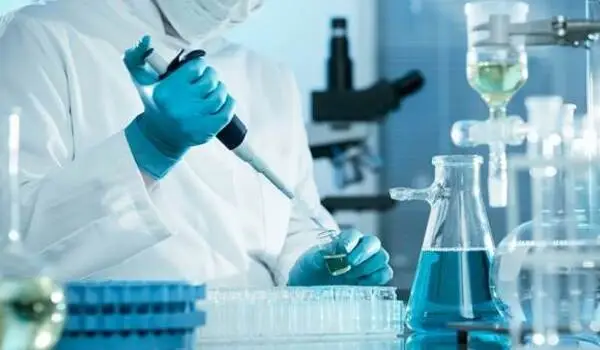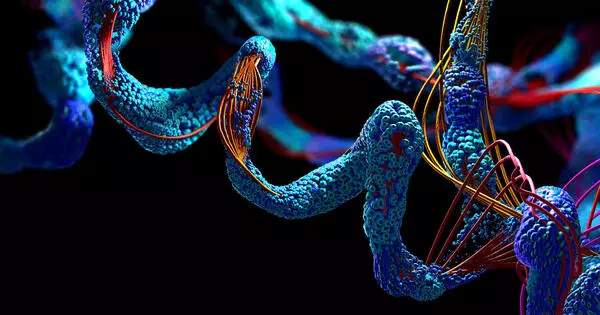Surgery is widely regarded as the gold standard for solid tumor treatment. Intraoperative imaging has been used to overcome difficulties in identifying small lesions, surgical margins, and cancer-positive lymph nodes in order to improve surgical oncology precision.
Dr. Benjamin Rotstein and colleagues present a simple method for producing carbon isotope-labeled versions of drugs and diagnostics. The ability of scientists to design elegantly specific drugs for targeted clinical trials is critical in the development of new pharmaceuticals. In this overall effort, isotopic labeling of drug candidates in research labs is critical.
Dr. Benjamin Rotstein’s lab at the University of Ottawa Faculty of Medicine has collaborated with colleagues in a new study to reveal an operationally simple method for preparing carbon isotope-labeled versions of drugs and diagnostics. They devised a method for exchanging a single atom in amino acids (protein building blocks that are also used to prepare molecules) for its isotope.
“We want to know where the drug goes in the body, how it is metabolized and eliminated so we can plan appropriate dosing and toxicity studies,” says Dr. Rotstein, an associate professor in the Department of Biochemistry, Microbiology, and Immunology at the Faculty of Medicine.
The work was described in a paper in Nature Chemistry.
We want to know where the drug goes in the body, how it is metabolized and eliminated so we can plan appropriate dosing and toxicity studies. We’re also using these in imaging studies now to learn about metabolism and protein synthesis rates in different tissues.
Dr. Rotstein
Dr. Rotstein’s lab initially designed their experiments to function similarly to a catalyst found in our bodies: pyridoxal phosphate, which removes carboxylic acid from amino acids and is the active form of vitamin B-6. But, he claims, they wanted to make it run in reverse, and the mechanism turned out to be a little different than they had anticipated.
Because of their excellent specificity for target antigens and low uptake in nontarget tissues, monoclonal antibodies (mAbs) are widely used in the fields of imaging, therapy, and drug delivery.
“In reality, we’re adding carbon dioxide and then removing the acid. So it’s a new mechanism that allows us to think about even better catalysts and broadening the scope beyond amino acids” he claims.

The research was done in collaboration with University of Alberta colleagues and chemists at Sanofi, the French pharmaceutical company. Dr. Rotstein’s lab did the carbon-11 studies and worked with these collaborators to unveil the mechanism of the reaction. His lab uses carbon-11 because it’s radioactive in a way that works well for medical imaging.
Dr. Rotstein and his colleagues are now investigating how to make the reaction produce only one “mirror-image” version of amino acids, eliminating the need for researchers to separate them after the fact.
He is particularly excited about using carbon-11 amino acids to measure the rate at which our bodies produce proteins, as this can be an indicator of disease.
“We’re also using these in imaging studies now to learn about metabolism and protein synthesis rates in different tissues,” says Dr. Rotstein, who is also the director of the University of Ottawa Heart Institute’s Molecular Imaging Probes and Radiochemistry Laboratory.





